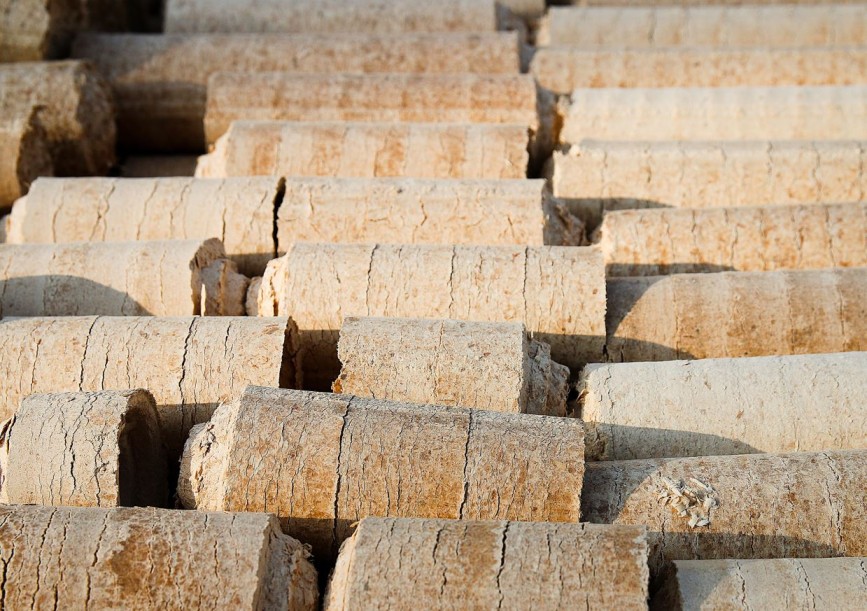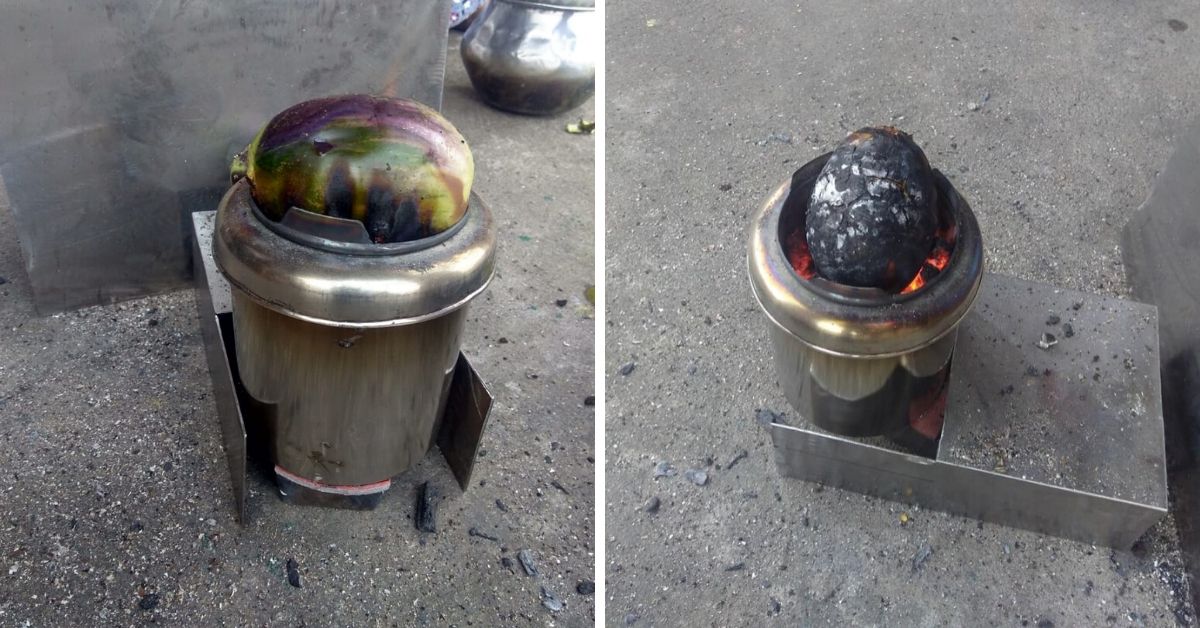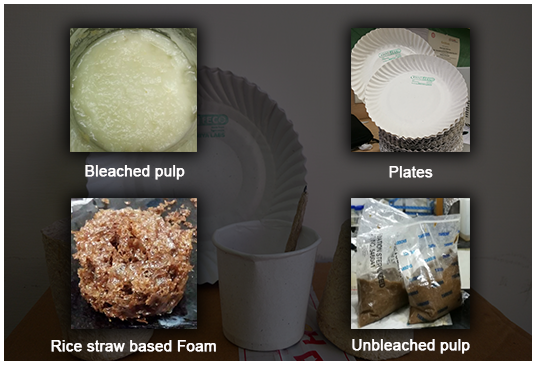Every winter, the National Capital Region is burdened under thick layers of smog and pollution. A major contributor to this is stubble burning in the nearby regions of Punjab and Haryana where farmers are forced to burn crop residue from the year’s harvest.
Although it is one of the quickest methods to clear the agri-waste for farmers, stubble burning is among the largest contributors to the region’s annual public health crisis.
On 7 October, 2023, the Supreme Court asked states like Punjab, Delhi, Uttar Pradesh, Rajasthan, and Delhi to immediately put an end to the practice of stubble burning as air pollution continues to choke the Delhi-NCR region.
As farmers look for other ways of disposing of their agri-waste, here is a list of entrepreneurs who have innovated unique ways to help stop stubble burning and add value to agricultural residue.
1) Suhas Baxi and Ashwin Save
In 2020, Pune-based Suhas Baxi and Ashwin Save started Biofuel Circle to provide an online marketplace that connects the rural farming community with industrial producers that would use it to produce clean energy.

At present, BiofuelCircle works with over 1,500 farmers in Maharashtra, Gujarat, and Tamil Nadu. It helps them with the sale of biomass and associated commodities like biofuel, biofertilisers, and biogas.
2) Arpit Dhupar
This Delhi-based engineer has built biodegradable packaging material out of crop stubble waste. After sterilising stubble, he uses it to grow mushrooms.
Once the mycelium grows, it forms an interlocked structure that holds the material in place, giving it strength. The mix is put into the oven where the mushrooms are neutralised. The resulting material makes it an excellent packaging material, similar to thermocol.
3) Vikram Yadav
IAS officer in Haryana’s Ambala has helped cut stubble burning in the district by 80 percent. He achieved this by encouraging farmers to use alternate methods to remove or reuse wheat and paddy stubble.
To mitigate farm waste, he introduced smart seeder machines, shredders, a straw baler with a rack, a rotary slasher, a hydraulic reversible plough and other devices that turned the stubble into fertiliser.
4) Debashree Padhi

This Bhubaneswar-based engineer has innovated ‘Agnis’, cooking stoves that address two of India’s biggest air pollution causes — biomass fuels and stubble burning.
She designed three stoves — nano, single burner, and double burner — that run on agro-mass pellets shaped like bullets. These pellets are made from agriculture residue, jaggery, limestone, and clay. This end-to-end clean cooking technology also reduces the cooking time by half compared to regular stoves.
5) Varinder Singh, Nitin Kumar Saluja and Vilas Chhikara
This Chandigarh-based trio has innovated a machine called ‘Moksh’ which can be attached as a tail to the tractor, powered by a generator set.
It is designed to pick up stubble from the farms and send it to the processing unit where it undergoes de-watering and removal of silica, after which it is converted into powder. This powder is used as an alternative fuel for boilers and a binding solution for making bricks.
6) Ankur Kumar, Kanika and Pracheer
These IIT Delhi graduates developed a machine that can convert leftover paddy straw into pulp. This is further moulded to produce biodegradable cups, plates, and jars.

The trio claims that in a day, they can generate four to five tonnes of rice pulp with residue generated by 800 acres of land every harvest season.
7) Sukhmeet Singh
The former technological consultant launched A2P Energy Solution to convert stubble into useful products for the energy sector. He processed the straw to develop pellets or bio-fuel that could be an alternative to coal and wood.
Other than producing fuel, he works with farmers to use the straw to create boards that can be used to build furniture, produce biochar, and extract oil out of pellets to use as furnace oil.
8) Sukhbir Singh Dhaliwal
Founded by Sukhbir, Farm2Energy helps farmers by baling the stubble from fields free of cost. The startup processes paddy straw, corn stover, sugar cane trash, and wheat straw to develop products like bio-pellets, biochar and torrefied pallets.
These are sustainable solutions to replace conventional fossil fuels, improve soil productivity, and substitute for coal, respectively.
Edited by Pranita Bhat.
No comments:
Post a Comment